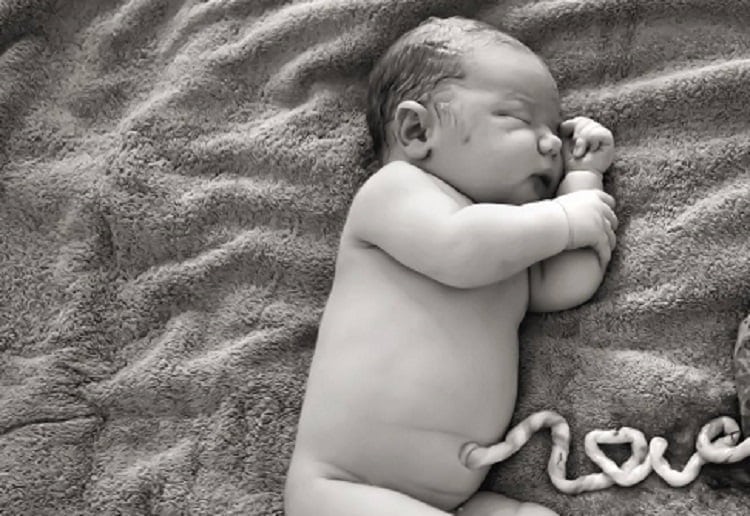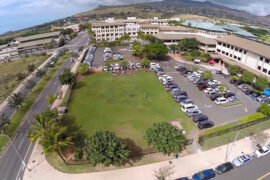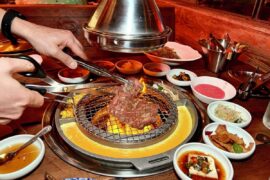A Comprehensive Guide for Parents on Maori Placenta Practices
If you’ve found yourself here, you’re probably on a fascinating journey through the myriad ways cultures around the world celebrate the miracle of birth. One such rich tradition is found among the Maori people of New Zealand. In this guide, we aim to enlighten parents about the Maori placenta practices.
At the heart of the Maori culture, you will find a deep respect for life and an intimate connection with the Earth. This connection extends to their unique birth rituals, including the way they handle the placenta (or ‘whenua’) after birth. Whether you’re of Maori descent or you’re simply a curious parent-to-be seeking more natural, spiritual ways to greet your newborn into the world, this guide is for you!
The Significance of the Placenta in Maori Culture
In many western societies, the placenta is simply viewed as medical waste to be discarded after birth. But in Maori culture, it’s believed to be an integral part of the life-force of the child. So what happens to the placenta after birth? How is it treated? And why is it so significant?
The Spirituality of Whenua: Understanding the Maori Placenta Tradition
In Maori language, the word for placenta and land are one: ‘whenua’. Further, they describe their homeland as ‘Papat??nuku’ – Mother Earth. This linguistic linkage underpins the spiritual principle of connection and continuity between the land, the child, and the wh?nau (family).
Whenua to Whenua: The Practice of Placenta Burial
Upon the child’s birth, the placenta is customarily buried in a special place, usually a significant location to the wh?nau or ancestors. This ritual of returning the placenta to the land is a powerful affirmation of the link between the child and his/her ancestral home; a symbol of returning what the land has given, and a way of grounding the child spiritually and physically to their whakapapa (genealogy).
We hope this has been a insightful start to understanding the beautiful symbolism and deep-rooted respect the Maori culture has for the circle of life. Stay tuned as we dive deeper, exploring the details of how you can potentially incorporate these traditions into your own birthing experience. Whether it’s to honor your ancestral roots or to shape a unique moment for your child’s entry into the world, we’re here to assist you on this journey.

Incorporating Maori Placenta Practices into Your Birthing Plan
If you’re intrigued by the Maori practice of returning the placenta to the earth, and looking to integrate it into your own birth plan, there are steps you can follow with respect and appreciation for the indigenous culture.
Choosing a Significant Location for Placenta Burial
The first decision is where to bury the placenta. Choose a location that holds significant meaning for your family, such as a beloved home garden, a childhood park, or near a cherished tree. This site will serve as a tangible reminder of your child’s birth and heritage.
Planning the Placenta Burial Ceremony
You may want to plan a small ceremony to mark the burial of the placenta. This could include a simple recital of a poem, a family prayer, or even singing a lullaby. The aim is to create a beautiful, serene moment that acknowledges the strength of the bond between your child, your family, and Mother Earth.
Obtaining the Placenta
In some hospitals, you may have to express the wish to keep the placenta beforehand. Make sure you discuss this with your healthcare provider during your prenatal visits.
Remember, while it’s okay to draw inspiration from other cultures, it’s essential to do so respectfully. Always acknowledge the roots of any practice you adopt, and educate your child as they grow about the diverse cultures that shaped their life’s beginnings.
Conclusion
Understanding and appreciating the Maori tradition of placenta burial has the potential to add deep spiritual significance to a birth. Connecting directly to Mother Earth through such an intimate act reinforces our universal kinship, fostering respect for both our biological and earthly origins. While not all traditions are suitable for every family, the essence of this meaningful ritual—honoring the cycles of life and the interconnectedness of all things—can resonate with us all.
Remember, this choice is deeply personal and should feel right to you. Explore, ask your questions, and make the decision that best resonates with your family and beliefs. And above all else, enjoy the journey of parenthood – it’s truly a remarkable one.
Preparing for Maori Placenta: 5 Essential Things Every Parent Should Know
The Maori placenta ritual, known as Whenua, is a beautiful tradition that holds deep cultural significance. This indigenous New Zealand practice involves burying the placenta after birth, connecting the newborn to the land and its ancestors. As parents preparing for this sacred event, here are 5 key things you should know.
1. Understanding the Purpose
The first step is to appreciate the profound meaning behind the ritual. The Maori people view the placenta as a physical link between the newborn and Mother Earth. Burying it symbolizes the cyclical nature of life and helps establish a spiritual bond between the child and their ancestral land.
2. Choosing the Right Location
Select a place that holds sentimental or ancestral value, as the location of burial shapes part of your child’s spiritual identity. Common places include home gardens, bushes, or sites significant to family history.
3. Preparing the Placenta
Hospital protocols might differ; hence, it’s important to discuss your wish to keep the placenta post-birth with your healthcare provider. They can guide you on safe placenta handling and preservation techniques, reducing the risk of infection.
4. Performing the Ritual
Whilst the Maori placenta ritual is highly personal and varies between families, most involve a small ceremony during the burial. This might include prayers, songs, and family blessings. Research and honour your family’s traditions or personal beliefs in your ceremony.
5. Respecting Natural Elements
Lastly, maintaining respect for the natural elements is crucial in this process. The Maori people hold the environment in high regard. Burying the placenta is seen not only as a return to earth but a means to nourish the land, hence sustaining the circle of life.
In conclusion, preparing for the Maori placenta ritual is a significant task, symbolizing the newborn’s connection to their roots and family heritage. Understanding the purpose, choosing the right location, preparing the placenta, performing the ritual, and respecting the natural elements are all essential steps.
For more great articles please see here. For more information see here
Disclaimer
The articles available via our website provide general information only and we strongly urge readers to exercise caution and conduct their own thorough research and fact-checking. The information presented should not be taken as absolute truth, and, to the maximum extent permitted by law, we will not be held liable for any inaccuracies or errors in the content. It is essential for individuals to independently verify and validate the information before making any decisions or taking any actions based on the articles.




